Introduction
Ultrasonic flowmeters are widely used in industries such as petroleum, chemical, power generation, and water treatment for flow measurement. They utilize the propagation characteristics of ultrasonic waves in media to measure flow, offering significant advantages such as non-contact measurement, no pressure application, and no flow resistance. However, to ensure the long-term stability and measurement accuracy of the flowmeter, regular maintenance and repair are essential. This article provides a comprehensive guide to maintaining and repairing ultrasonic flowmeters, helping users enhance device reliability and ensure accurate long-term operation.
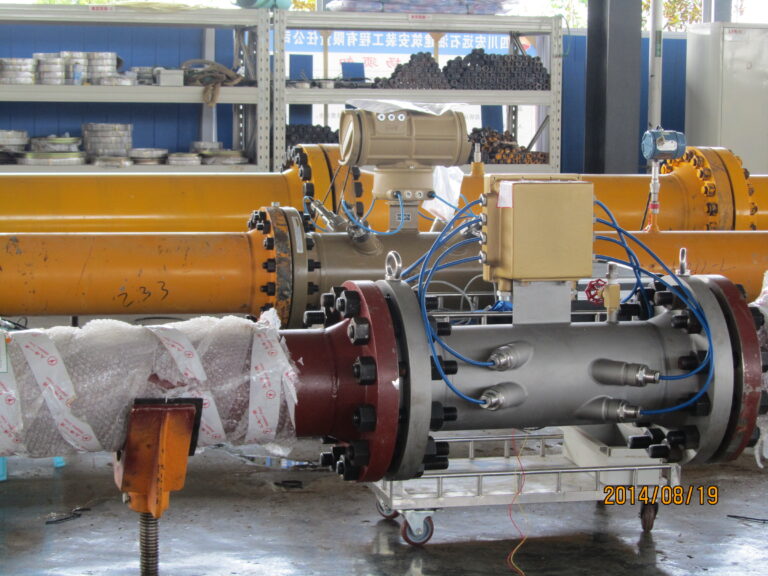
1. Preparation Work Before Maintenance
Before carrying out maintenance on the ultrasonic flowmeter, the following preparatory steps must be completed:
1.1 Shutdown and Power-off
Ensure that the system is shut down, and the flowmeter is powered off. Only proceed with maintenance once the power supply is cut off and the safety of the maintenance personnel is guaranteed.
1.2 Identification and Isolation
Appropriately mark the flowmeter, its power supply, and signal transmission lines to ensure that no accidental connections or interference with other systems occur during maintenance.
1.3 Tool Preparation
Prepare the necessary tools for the maintenance process, including a multimeter, oscilloscope, cleaning equipment, screwdrivers, etc. Having the right tools available is critical to the smooth execution of the repair.
1.4 Review of Maintenance Records and Documentation
Before starting maintenance, review historical maintenance records and examine the equipment’s fault history, previous repairs, and calibration data. This step ensures a better understanding of the device’s performance and possible issues.
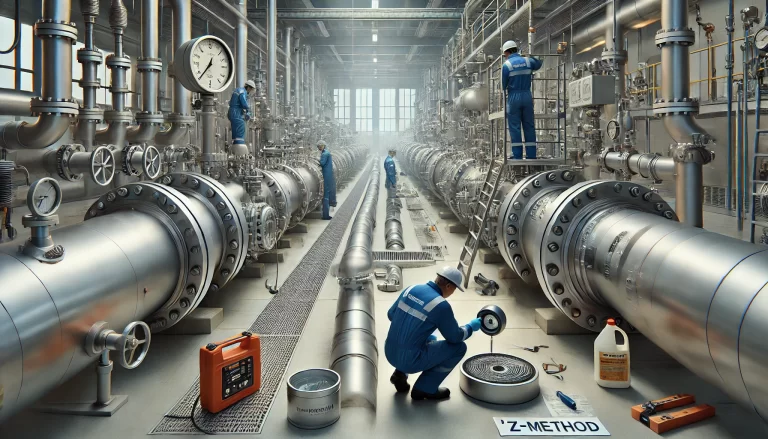
2. Regular Maintenance
Regular maintenance is essential for ensuring the long-term stable operation of the ultrasonic flowmeter. The following items should be checked during regular maintenance:
2.1 Environmental and External Device Condition Checks
Installation Environment: Verify that the installation environment meets the design specifications. Check for the presence of adverse factors such as extreme vibrations, high or low temperatures, and humidity that may affect the flowmeter. Additionally, inspect the protective cover to ensure it is intact to prevent external damage to the device.
External Interface Check: Inspect the display screen, power connections, and communication interfaces for any signs of poor contact or corrosion. Ensure that all connections are stable.
Surface Cleaning: Regularly clean the exterior surfaces of the flowmeter to remove dust, stains, or other substances that might affect heat dissipation or operation. Use a soft cloth and non-corrosive cleaning agents for cleaning.
2.2 Electrical System Inspection
Power Supply Voltage Check: Use a multimeter to check the voltage of the power supply, ensuring it is stable and within the device’s operating range. Voltage anomalies can lead to equipment failure.
Signal Output Testing: Inspect the signals output by the flowmeter (e.g., 4-20mA, pulse signals) to ensure they are within normal ranges and free from interference. Using an oscilloscope to check the signal waveform helps confirm stability.
Communication Check: If the flowmeter is connected to a Distributed Control System (DCS) or Programmable Logic Controller (PLC), ensure that communication is functioning properly, allowing correct data transmission.
2.3 Measurement Accuracy Inspection
Calibration and Calibration: Perform regular calibration using known flow standards to ensure the measurement accuracy meets the required specifications. It is recommended to calibrate the flowmeter at least once a year, especially if environmental or operational conditions change.
Sensor Position Check: Ensure that the sensors are securely mounted and have good contact with the pipeline. If any sensor is loose or misaligned, it should be adjusted immediately.
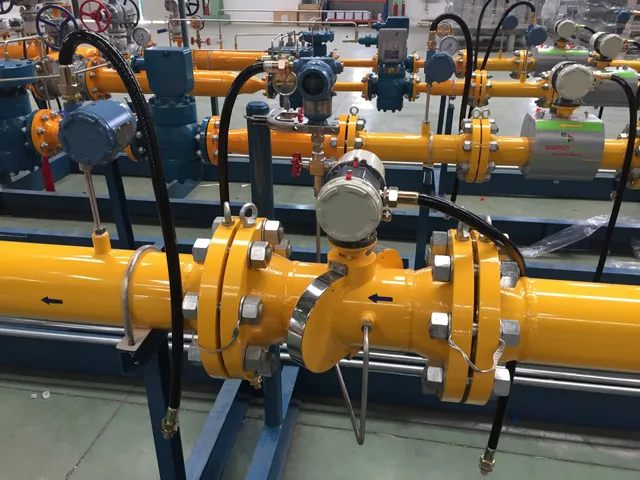
3. Fault Diagnosis and Repair
During operation, ultrasonic flowmeters may experience various faults. The following diagnostic and repair measures should be taken based on the type of fault:
3.1 Common Faults and Diagnostic Methods
Inaccurate Measurement
- Sensor Malfunction: A damaged or aging sensor may cause distorted ultrasonic signal transmission, affecting measurement accuracy. Inspect the sensor for cracks, corrosion, or aging, and replace it if necessary.
- Pipeline Blockage or Scaling: Debris, scaling, or oil buildup inside the pipeline can hinder the transmission of ultrasonic signals, resulting in measurement errors. Regularly inspect and clean the pipeline to prevent such issues.
- Flow Fluctuations: Sudden or unstable flow velocity changes may cause the flowmeter to fail in responding promptly, impacting measurement accuracy. Check for sudden flow changes or turbulence in the medium.
- Gas Bubbles or Gas Contamination: Large quantities of gas bubbles or air in the fluid may affect ultrasonic wave propagation, leading to inaccurate measurements. Adjusting the flow or installing a bubble separator can solve this issue.
Signal Loss or Instability
- Power Supply Issues: An unstable or inadequate power supply may affect the proper operation of the flowmeter. Inspect the power supply for voltage fluctuations to ensure it is within normal operating range.
- Signal Interference: Electrical interference from external sources can impact the signal transmission. Check the integrity of the cables and ensure secure connections.
3.2 Repair and Replacement
Sensor Replacement: If the sensor is severely damaged or malfunctioning, it must be replaced immediately. Ensure that the new sensor is compatible with the original equipment.
Pipeline Cleaning: For blockages, scaling, or debris inside the pipeline, shut down the system and clean the pipeline. If any parts of the pipeline are damaged, replace them as necessary.
Sensor Position Adjustment: If the sensor is improperly positioned, it should be readjusted to ensure proper contact with the pipeline, avoiding measurement errors caused by loose or misaligned sensors.
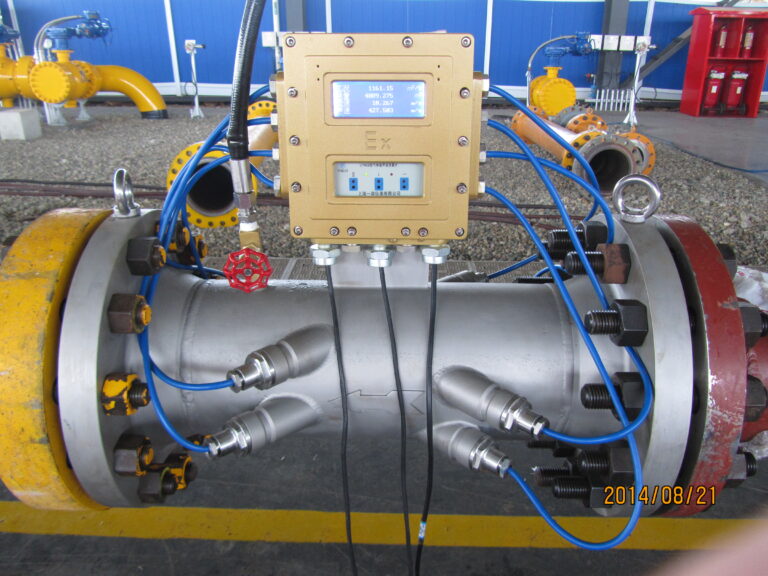
4. Long-term Maintenance and Inspection
4.1 Regular Calibration and Performance Check
It is advisable to perform a comprehensive calibration and performance check of the flowmeter at least once per year, especially for flowmeters working in harsh environments. For flowmeters operating under extreme conditions (e.g., high temperature or pressure), the frequency of inspections should be increased.
4.2 Record Keeping and Analysis
Each time maintenance is performed, detailed records should be kept, documenting all checks, repairs, and calibrations. This creates a maintenance history that can assist in decision-making and future troubleshooting.
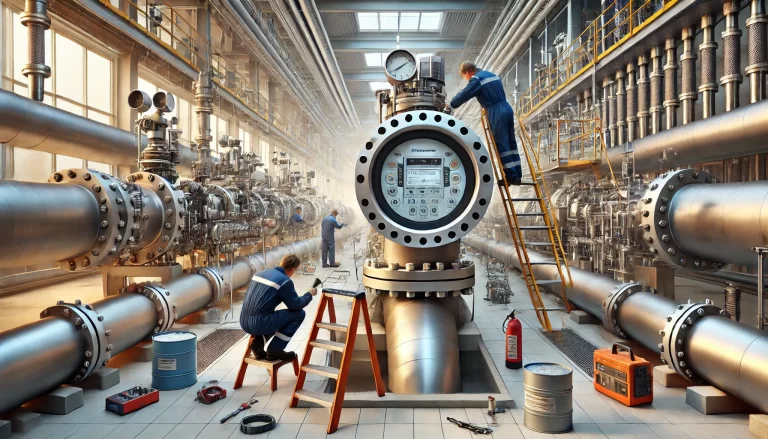
5. Conclusion
Ultrasonic flowmeters are efficient and accurate flow measurement tools used in various industries. Regular maintenance, calibration, and repairs are essential to ensure their long-term stability and performance. Timely inspections and maintenance can prevent most faults, prolong the device’s lifespan, and enhance the reliability of the system. Strict adherence to the maintenance guidelines ensures that the ultrasonic flowmeter will continue to deliver accurate and stable measurements, ensuring optimal performance over time.
